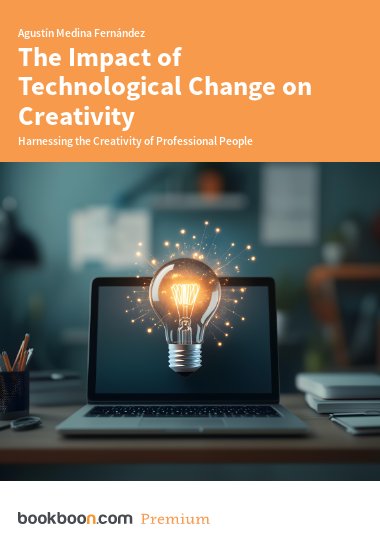Undoubtedly, the businesses of the immediate future will all be digital. How will this affect the concepts of creativity, innovation and usability? That is a good question, as famous interviewees often say. I am sure that creativity will continue to mean the same thing in the future, even though the relentless pace of technological change will force more and more people to adopt a creative attitude to survive and flourish in business. We will have to learn to be creative to adapt to change. And we will have to learn to live with risky ideas to adapt to the vortex of technological change and the maelstrom of the new, ever-changing business world.
For this growth in creative attitude, everything is working in favour of people, because many companies have already become aware of the need to be creative and hence encourage greater creativity among their staff. Corporate culture is no longer analogical, and new company offices are already being designed with creative criteria in mind. Examples are spaces for relaxation and conviviality, i.e. playful environments that favour the exchange of ideas and creativity.
Another phenomenon affecting creativity in the digital world is the ability to hire and use creative talent in a digital world without barriers. Call centres are not the only external service providers because currently talent and innovation are also better and cheaper to source externally than from within the company. So-called Open Innovation is making waves not only in the world of communication and advertising where it all began, because many technology companies are already looking to these talent platforms for solutions to all kinds of problems. Remote solutions range from advertising to scientific research in pharmaceutical companies, an example being the North American Big Pharma company Eli Lilly, producer of world-famous drugs such as Prozac or Cialis.
It is a matter of harnessing the creativity of millions of professional people, whether anonymous or not, who accept the challenge of working in a contest on any proposed matter from their homes. The company offering the contest posts a requirement on the platform and offers a certain level of remuneration to the winner. From that moment on, it begins to receive proposals from the farthest corners of the globe, which often exceed all expectations. This is because the creativity that flows in the network is infinite, and good proof of this are the thousands of spectacular videos that are being posted on YouTube every day. The amount of information we receive daily and the proliferation of excellent examples of creativity online mean that there is no end to the amount of information we receive daily. In addition, all this is a good stimulus to help us have a creative mind.
If you want to find out more about this topic, please follow this link.


